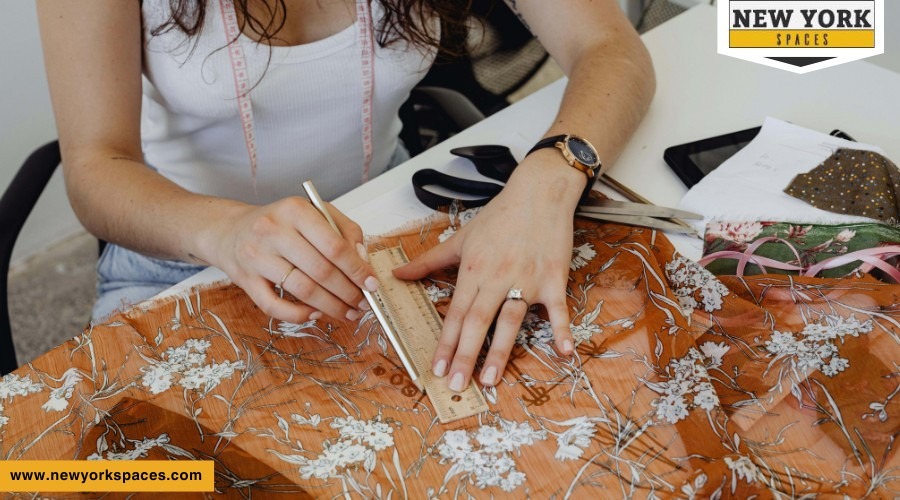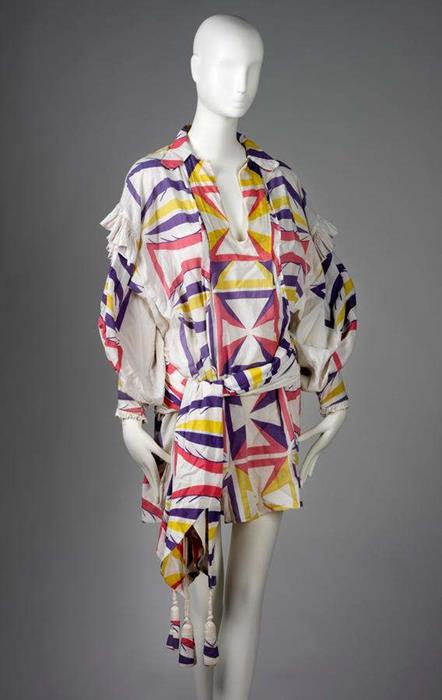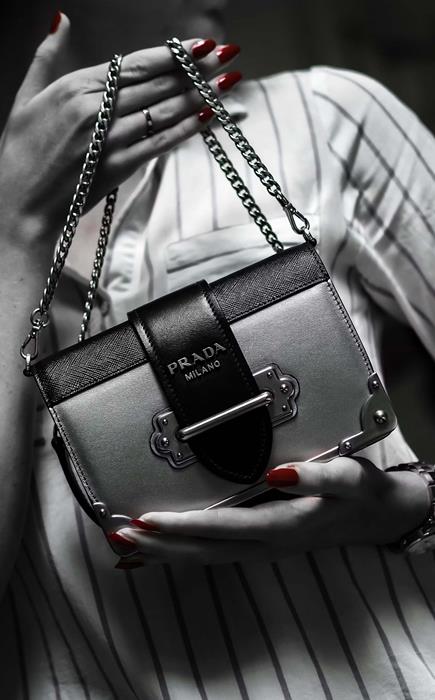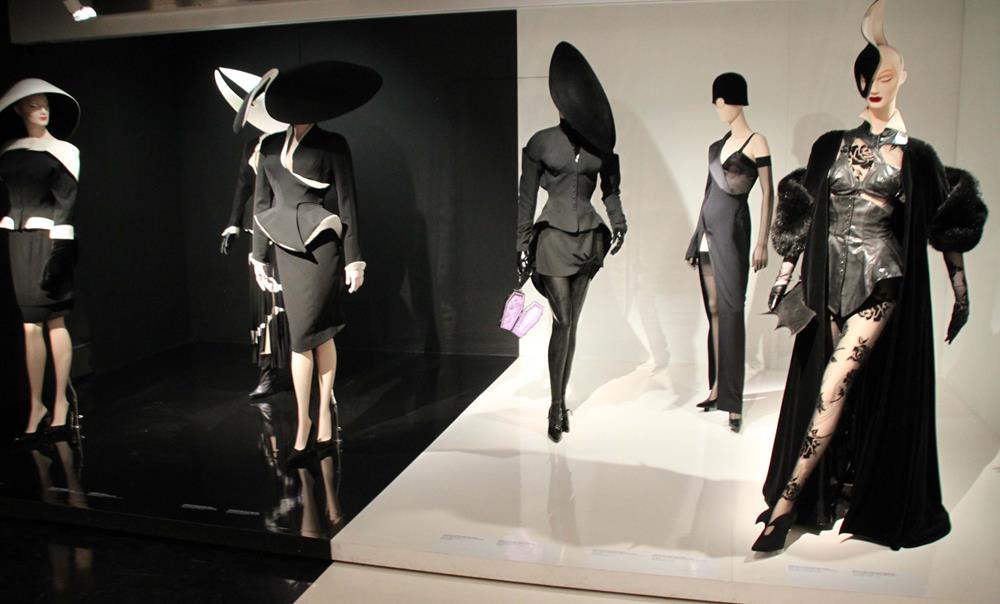In the 1990s, New York City was not just a backdrop for the world’s biggest fashion moments; it was the heartbeat of an era-defining style. This decade saw the rise of designers who would come to embody not only the spirit of American fashion but also leave an indelible mark on the global stage. From the sleek minimalism that whispered luxury to the rebellious notes of grunge that screamed from the sidewalks, New York’s fashion scene was as diverse as its population.
The designers leading this charge were more than just creators; they were visionaries who understood the pulse of the city and, by extension, the world. Their stories are not just about clothes but about dreams woven into fabric, aspirations stitched into seams, and the unmistakable identity of an epoch that continues to inspire today’s fashion landscape.
The Rise of American Fashion in the 1990s
The 1990s kicked off with a sense of rebellion against the excess of the 1980s, ushering in a new era of fashion that prioritized simplicity, comfort, and a nod to individuality. Designers broke free from the constraints of previous decades, experimenting with new materials, silhouettes, and concepts that reflected the changing times. This was the era of minimalism, grunge, and the birth of “casual chic,” which reshaped how people dressed everyday.
The Fashion Melting Pot
New York City’s role in this fashion evolution was pivotal. The city’s streets became a runway where the latest trends were showcased not just by models but by everyday people. From the hip-hop-inspired looks emerging from the Bronx and Harlem to the minimalist chic that became synonymous with downtown Manhattan, New York was where fashion trends were born, lived, and breathed. The city’s diverse cultural and social scene provided endless inspiration for designers, who soaked up its energy and reflected it in their creations.
Whether it was the influence of the vibrant art scene, the emergence of new music genres, or the voices of social and political movements, New York City was not just a backdrop for fashion in the 1990s; it was a critical player in its story.
Key New York City-Based Fashion Designers of the 1990s
The 1990s was a transformative decade for fashion, marked by a diverse range of styles from grunge to glam, minimalism to maximalism. At the heart of this sartorial revolution were several New York City-based designers whose work captured the zeitgeist and helped define it. Their creations were more than just clothing; they were statements of identity, culture, and rebellion against the norms of the previous decades.
Vivienne Westwood
- Introduction and background: Vivienne Westwood is often hailed as the queen of punk fashion. With her rebellious spirit and avant-garde designs, she brought a radical new edge to the fashion world.
- Key contributions and iconic designs: Westwood’s designs were revolutionary, combining historical clothing techniques with modern, unconventional materials. Her ability to blend punk elements with traditional British tailoring resulted in iconic pieces like the corset dress and tartan trousers.
- Influence on 1990s fashion trends: Beyond punk, Westwood’s work in the 1990s ventured into new territories, exploring environmental and political activism through fashion. Her designs continued to challenge the status quo, influencing not just fashion but the broader cultural conversation.
Miuccia Prada
- Introduction and background: Miuccia Prada took the reins of her family’s luxury goods company in the late 1970s, transforming it into a powerhouse of fashion innovation.
- Exploration of minimalist aesthetics in the 1990s: Prada’s work in the 1990s was characterized by a minimalist aesthetic that contrasted luxury with simplicity. She became known for her clean lines, sophisticated colors, and the use of unexpected materials like nylon.
- Impact on both high fashion and streetwear: Prada was instrumental in elevating everyday materials to high fashion status, challenging preconceived notions of luxury and beauty. Her designs have had a lasting impact on both the high fashion and streetwear industries.
Jean Paul Gaultier
- Introduction and background: Jean Paul Gaultier, the enfant terrible of French fashion, is renowned for his daring, often irreverent designs that challenge societal norms.
- Role in popularizing avant-garde aesthetics: Gaultier’s work in the 1990s included the introduction of the man-skirt, the reinvention of classic pieces with unconventional materials, and a fearless approach to gender-fluid fashion.
- Contributions to both luxury and mainstream fashion: Beyond the runway, Gaultier’s influence extended to pop culture, designing iconic costumes for musicians and filmmakers. His ability to merge high fashion with elements of street culture and performance art has left a lasting legacy.
Thierry Mugler
- Introduction and background: Thierry Mugler was known for his theatrical and imaginative designs, which combined fantasy with haute couture precision.
- Exploration of futuristic aesthetics: Mugler’s fashion in the 1990s was otherworldly, characterized by sharp silhouettes, metallics, and innovative use of materials that seemed to bring the future into the present.
- Impact on fashion and entertainment: His work transcended the boundaries of fashion, influencing the realms of music, dance, and cinema. Mugler’s vision was not just about clothes; it was about creating a spectacle, making him a pioneer in the fusion of fashion with entertainment.
Donna Karan
- Introduction and background: Donna Karan, also known as “the queen of Seventh Avenue,” founded her label in 1984, emphasizing easy, wearable pieces that catered to the modern woman’s lifestyle.
- Key contributions and iconic designs: She is famed for her “Seven Easy Pieces” concept, which offered a mix-and-match approach to dressing centered around a bodysuit. Her designs were both practical and sophisticated, embodying the dynamic spirit of New York women.
- Influence on 1990s fashion trends: Karan’s work in the 1990s championed comfort, luxury, and empowerment, influencing the era’s shift towards more relaxed yet stylish silhouettes.
Calvin Klein
- Introduction and background: Calvin Klein established his brand in 1968, but it was during the 1990s that his minimalist aesthetic truly resonated, with clean lines and neutral colors defining his approach.
- Exploration of minimalist aesthetics in the 1990s: Klein mastered the art of simplicity, stripping back excess to focus on the purity of form and function. His campaigns, often featuring celebrities and provocative imagery, also helped cement his status in the fashion world.
- Impact on both high fashion and streetwear: Beyond high fashion, Klein revolutionized the underwear market, turning simple pieces into coveted items of desire, thus blurring the lines between luxury and everyday wear.
Ralph Lauren
- Introduction and background: Ralph Lauren, a symbol of American fashion, has been celebrated for his role in shaping the preppy look, an emblem of polished, casual elegance.
- Contribution to the American preppy and luxury casual look: His collections frequently drew inspiration from British aristocracy yet were distinctly American in their relaxed sophistication.
- Influence on international fashion trends: Lauren’s vision extended beyond clothing, encompassing a lifestyle that promoted a blend of classic style with leisure, significantly influencing fashion not only in the US but around the world.
Marc Jacobs
- Introduction and background: Marc Jacobs emerged as a defining force in early ’90s fashion, mixing grunge with high fashion in ways that were groundbreaking at the time.
- Role in popularizing grunge aesthetics: His Spring 1993 collection for Perry Ellis, which famously featured flannel shirts, knit beanies, and Dr. Martens boots, was both controversial and immensely influential, marking a pivotal moment in fashion history.
- Contributions to both luxury and mainstream fashion: Jacobs has a unique talent for capturing the zeitgeist, his work reflecting the complex interplay between streetwear and luxury, thereby shaping the direction of fashion throughout the decade.
Each of these designers brought something unique to the table, reshaping the fashion landscape of the 1990s with their creativity, innovation, and boldness. Their contributions went beyond mere trends, reflecting broader cultural shifts and challenging traditional notions of what fashion could be. Their legacies continue to inspire and influence the fashion world today, proving that true style is timeless.
The Fashion Legacy of the 1990s in New York City
The 1990s in New York City wasn’t just a decade; it was a moment in time that captured the essence of change, rebellion, and innovation in the world of fashion. The designers we’ve talked about didn’t just make clothes; they made statements, challenged norms, and set the stage for the fashion industry’s future. Let’s dive into how their influence from this electric era still resonates in today’s fashion scene.
Shaping the Fashion Industry
Innovation and Rebellion: The 1990s designers were pioneers, boldly reimagining what fashion could be. They mixed high and low, introduced new materials, and played with silhouettes in ways previously unimagined. Their work challenged the status quo and pushed the boundaries of creativity and expression in the fashion industry.
Cultural Impact: These designers did more than influence fashion; they influenced culture. Their designs reflected and shaped societal shifts, from the rise of grunge to the embrace of minimalism. They captured the spirit of the times, reflecting the era’s hopes, fears, and dreams in their work.
Lasting Impact on Contemporary Design
Trends Revisited: Today, we see a resurgence of 1990s trends in contemporary fashion. Crop tops, chokers, baggy jeans, and flannels have made their way back into the mainstream, but with a modern twist. This cyclical nature of fashion highlights the enduring influence of 1990s New York designers.
Inspirational Legacy: Current designers often cite the 1990s as a major source of inspiration. They look to the era for its groundbreaking approach to fashion, drawing on its themes of rebellion, simplicity, and innovation. The work of 1990s designers serves as a foundational reference point for contemporary fashion, informing everything from streetwear to haute couture.
Sustainability and Inclusivity: The 1990s also planted the seeds for the fashion industry’s ongoing conversations about sustainability and inclusivity. Designers from this era began experimenting with recycled materials and advocating for more ethical production practices. Their initial steps have influenced today’s designers to prioritize sustainability and inclusivity in their collections.
Conclusion
As we look back on the 1990s, it’s clear that this was more than just a decade of fashion; it was a period of profound transformation and bold experimentation. The designers who defined this era, from the streets of New York City to the global stage, did more than just dress a generation; they gave voice to a cultural revolution, blending aesthetics with activism and luxury with streetwear.
Their legacy, a testament to the power of clothing as a form of expression, continues to resonate in today’s fashion world. As we see trends from the 1990s reemerge, reinterpreted by a new generation of designers, it’s a reminder of the cyclical nature of fashion and its enduring ability to capture the spirit of the times. This journey through the 1990s has not just been a trip down memory lane but a celebration of the creativity, innovation, and enduring impact of an unforgettable chapter in fashion history.




